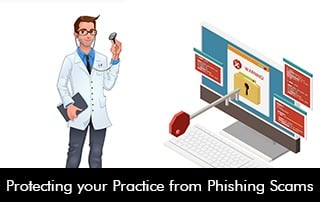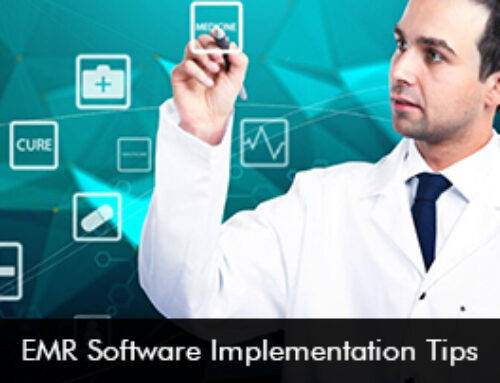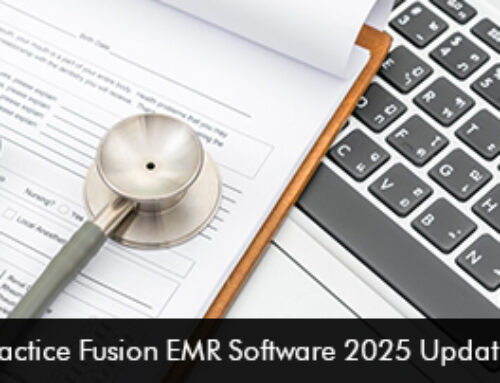Healthcare organizations must protect themselves and patient data from phishing scammers. Emails are one of the most common methods used in phishing scams. Patients these days are also nervous about different forms of cyber scams that take place in the form of disinformation campaigns, identity theft, and nasty links. Hackers can have access to protected data and information through phishing emails.
Healthcare organizations and phishing scams
Healthcare organizations are vulnerable to these threats however if they are well prepared to identify cyber-security threats the chances of getting caught in a phishing scam go down drastically which is good news for everyone associated with the healthcare industry. As more data is stored in the Electronic Medical Records (EMR) Software there is always a threat lurking from cyber-attacks. However, a good EMR Software solution will offer strong encryption and HIPAA compliance to secure patient health data round the clock. Healthcare workers and employees must understand what emails are and how they can hurt healthcare.
What is healthcare Phishing?
Email phishing in healthcare is the most common form of phishing and the method has been used since the 1990s. The email aims to make the reader do a specific task. The scammer will make the email appear harmless using social engineering techniques. Once the action is performed all personal information and even patient health data are compromised or open to threat.
The Department of Health and Human Services (HHS) has revealed that since 2012, there has been a 38% increase in breaches involving emails. Healthcare organizations in the US have reported a boom in cyber-attacks.
What is the cost of getting caught in a phishing scam?
Phishing emails are dangerous as they aim to get access to the victim’s personal information and in some instances, these scammers aim for the company’s data. Scammers may also freeze the hospital’s entire program as ransomware. In such a case the hospital needs to pay the hacker to get its program back.
Patient medical records are extremely vulnerable and are considered valuable for scammers as they can be sold on the black market. The HHS Office for civil rights reported that for the past 11 years there were 2,500 breaches of millions of patient records.
5 tips to identify a phishing scam
- Any suspicious activity or password update.
- Urgent call to action to make a click.
- Phishing emails usually have bad grammar and have a common greeting.
- Inconsistent email addresses and links are all red flags to spot.
- Doubtful email attachments.
How to protect your mobile devices and computers?
Healthcare organizations need to have a proactive approach to keep their systems up-to-date with the latest security software installed. Employees should be educated to open only trusted websites and use strong passwords for maximum protection. Multi-factor authentication can also be used to secure accounts and it is smart to invest in regular employee cyber-security training.
By following all the security protocols hospitals and healthcare organizations can ensure the safety of patient data and avoid being phishing victims







